Article by CHAU GIANG
INTERNET photo
Located in the heart of eastern Germany, Dresden was once the capital of the Kingdom of Saxony and a “treasure trove” of European art, architecture and engineering since the mid-18th century.
Divided into two banks by the Elbe River flowing through the city, Dresden appears as two distinct pieces, where the ancient world and the modern world coexist, with one side of the Alstadt bank still retaining timeless historical heritage, the other side of the Neustadt bank representing modern, dynamic and colorful Germany.
Tour the majestic kingdom of Saxony at the ancient Altstadt
Surrounded by the Ost Erzgebirge mountain range on one side and the majestic limestone mountains on the other, Dresden presents itself to me with a picturesque natural landscape. On a summer day in June, the city is still pleasant, filled with bright sunshine, fresh air and cool breezes. Enjoying the peaceful summer here, I decided to explore Dresden from the Altstadt area - where time seems to stand still thanks to the ancient beauty of a series of architectural works bearing the mark of the noble Saxon Kings.
To start the journey, I came to Zwinger Palace, the symbol of Germany's most famous Baroque architecture. Built in 1709, under the talented design of architect Matthäus Daniel Pöppelmann, Zwinger Palace owns magnificent buildings made of sandstone, decorated with thousands of sophisticated sculptures in the Renaissance style. Leisurely walking along the corridors decorated with works of art, following the balconies with elaborate reliefs, I was immersed in a completely separate space of the past. Looking at the luxury and spaciousness in front of me, I could imagine the scene of a group of European aristocrats enjoying a classical concert under the bright sunlight, with gentle smiles like a classical film running across my eyes.
Walking along the banks of the Elbe River, I stopped by the famous Fürstenzug wall - a unique work of art made from 25,000 Meissen porcelain tiles depicting the parade of the kings of Saxony. More than 100 meters of porcelain paintings recreate the length of nearly 800 years of the Saxon royal reign with the image of the kings on horseback moving forward vividly, attracting visitors to the heroic stories of the Haus Wettin dynasty. Walking through the Fürstenzug wall, the vast land I walked through seemed to be forgotten by time, the ancient beauty preserved in its original state made people really forget the modern life that was still going on on the other side of the Elbe.
Down the Elbe to Neustadt, the energetic Dresden piece
From the Fürstenzug wall area to the Frauenkirche, I got lost in the ancient Renaissance space of Dresden and forgot about time, almost missing the journey to explore the Elbe River by the world's oldest and largest steamboat that I had booked in advance. The journey along the Elbe River is filled with breathtakingly beautiful scenes with majestic architectural works connected together in the purple-pink sunset that brightens the whole sky. But the most special thing is that besides that ancient space, just looking to the North bank of the city, we can reach a dynamic and colorful Germany in Neustadt.
If you choose to spend the day immersing yourself in the lavish medieval life of Saxony, then after sunset, Neustadt is a great place to explore for hungry stomachs. Immersing myself in the life of the Dresden people on the banks of the Neustadt, I could not believe that just a few hours ago I was emotionally transported to the years of the 18th century and now I could return to the hustle and bustle of the bars, restaurants and shops of the 21st century. Choosing a local restaurant that seemed crowded, I was introduced to the unique taste of “sauerbraten” – a typical beef dish served with red cabbage and potatoes, and bread filled with “dresdner handbrot”.
In particular, coming to Dresden would be a mistake if I missed tasting the delicious and extremely delicate wines. Along the poetic Elbe bank, enjoying a glass of white wine, I watched the different lives on both sides of the river and felt like I had just experienced a unique time travel. In the elation of the glass of wine, I felt the wonderful connection between the past and the present in Dresden. The old values with profound historical, cultural and artistic significance when coexisting with new, civilized and modern values create a spiritual harmony and a wonderful balance of life for the people of Dresden and of course for those who have the chance to visit this beautiful city.
See more articles in the same category:
- South Georgia – Paradise Island
- A Day in Gyeonggi
- Socotra – Dragon Blood Tree Island
Source: https://heritagevietnamairlines.com/dresden-hanh-trinh-cua-thoi-gian/



![[Photo] The Third Patriotic Emulation Congress of the Central Internal Affairs Commission](https://vphoto.vietnam.vn/thumb/1200x675/vietnam/resource/IMAGE/2025/10/30/1761831176178_dh-thi-dua-yeu-nuoc-5076-2710-jpg.webp)
![[Photo] General Secretary To Lam attends the Vietnam-UK High-Level Economic Conference](https://vphoto.vietnam.vn/thumb/1200x675/vietnam/resource/IMAGE/2025/10/30/1761825773922_anh-1-3371-jpg.webp)
![[Photo] Touching scene of thousands of people saving the embankment from the raging water](https://vphoto.vietnam.vn/thumb/1200x675/vietnam/resource/IMAGE/2025/10/30/1761825173837_ndo_br_ho-de-3-jpg.webp)
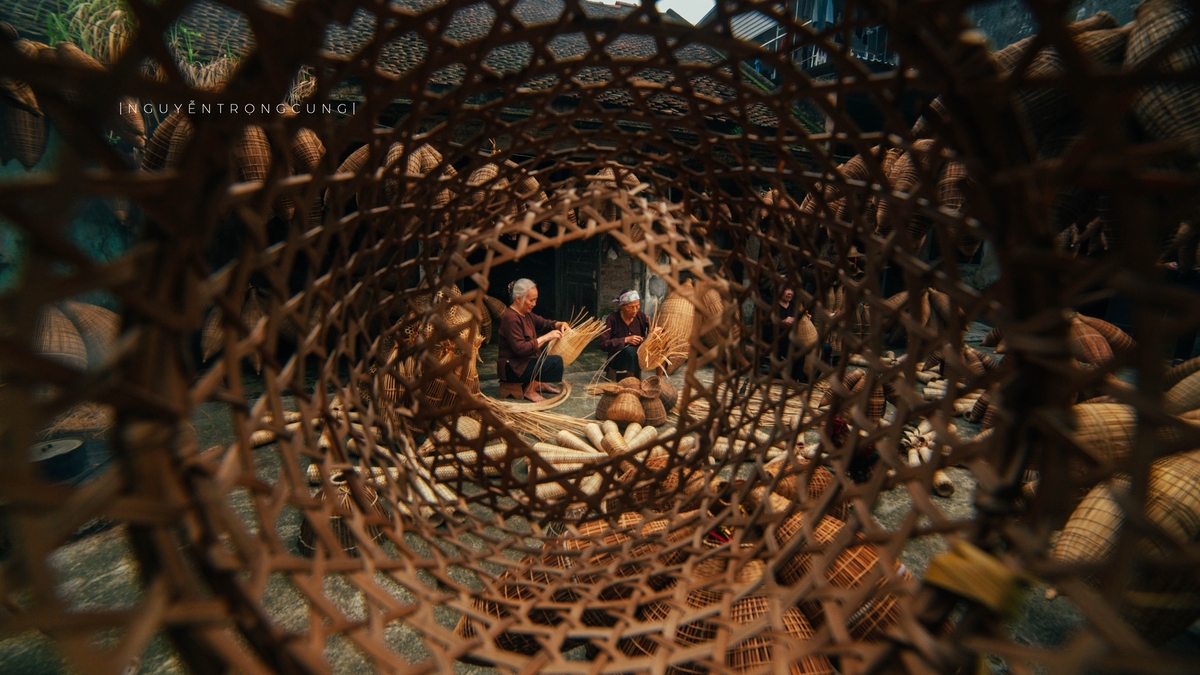
![[Photo] General Secretary To Lam meets former British Prime Minister Tony Blair](https://vphoto.vietnam.vn/thumb/1200x675/vietnam/resource/IMAGE/2025/10/30/1761821573624_tbt-tl1-jpg.webp)
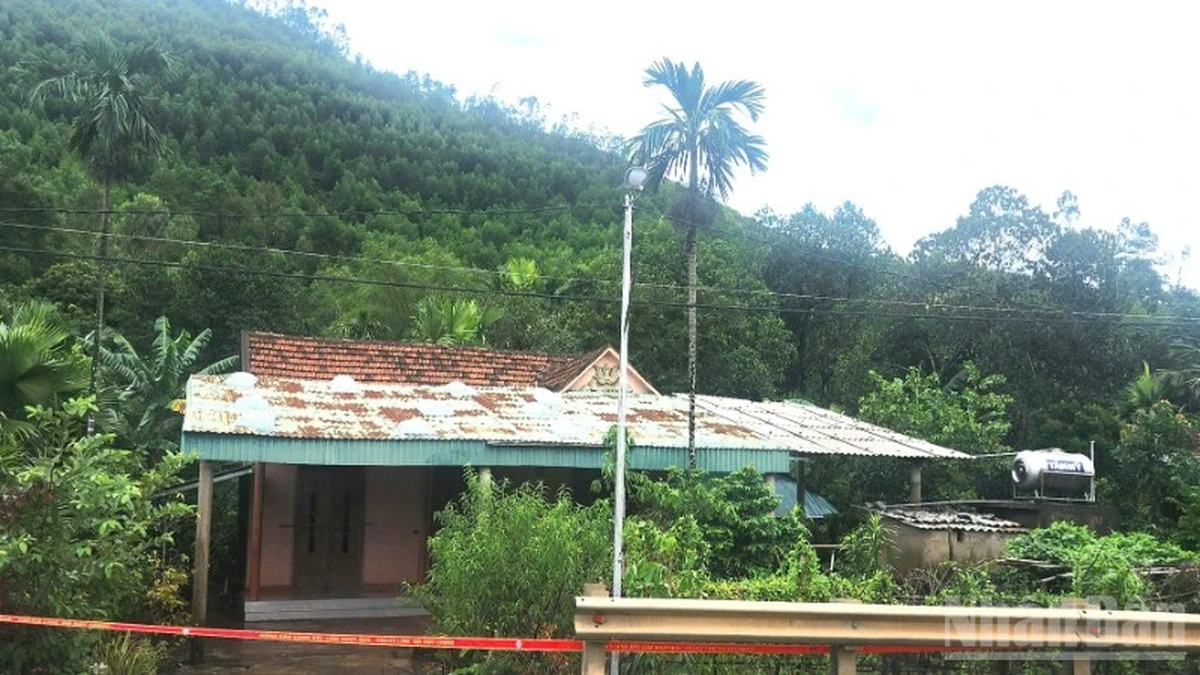





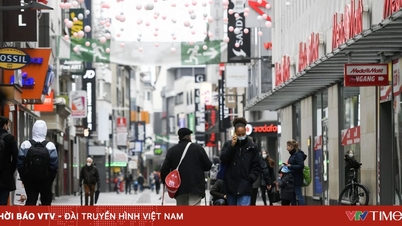







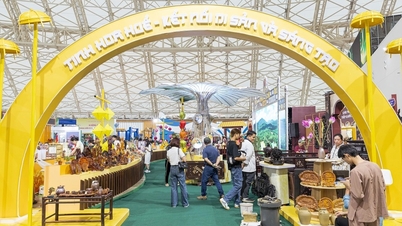
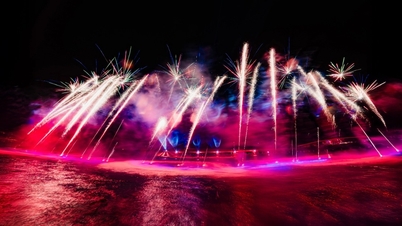













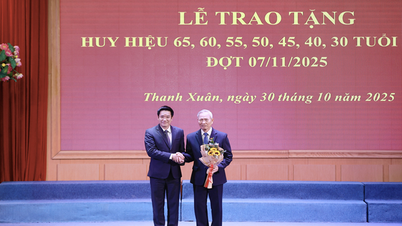









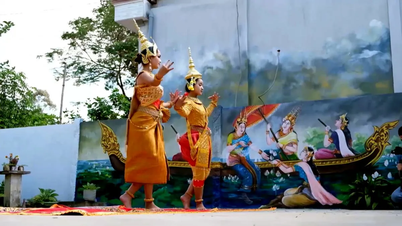









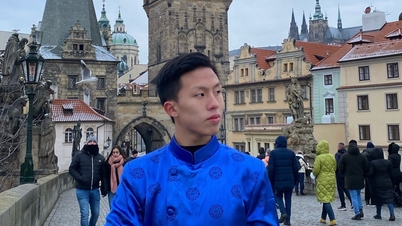

















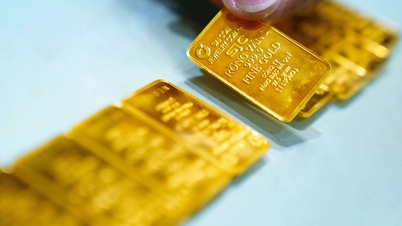

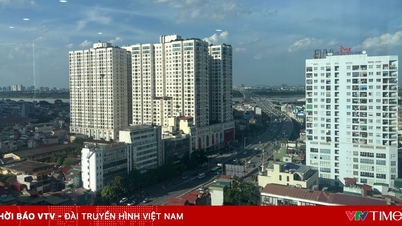






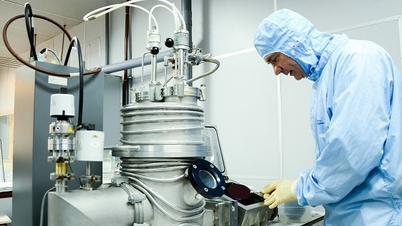



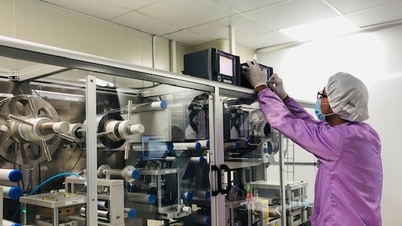






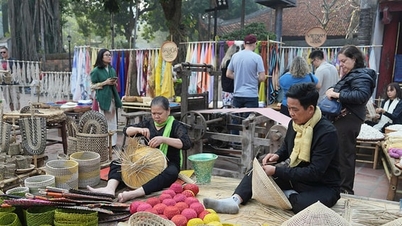

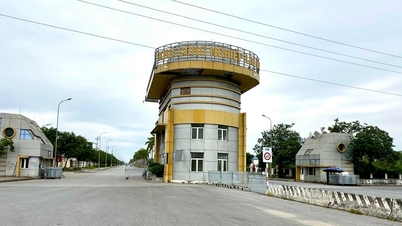















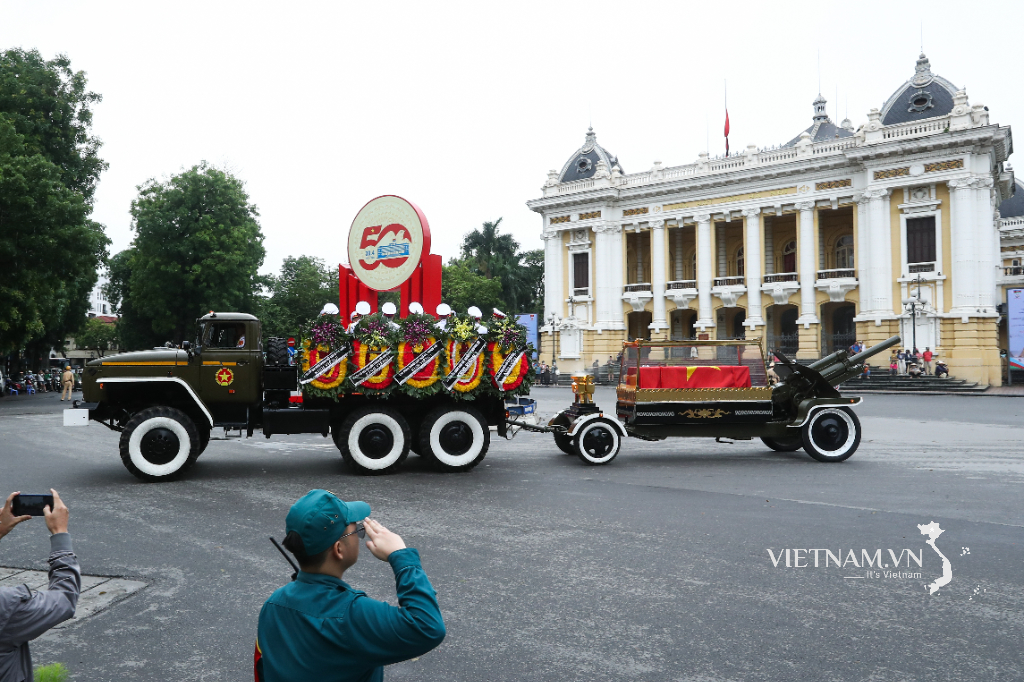

Comment (0)